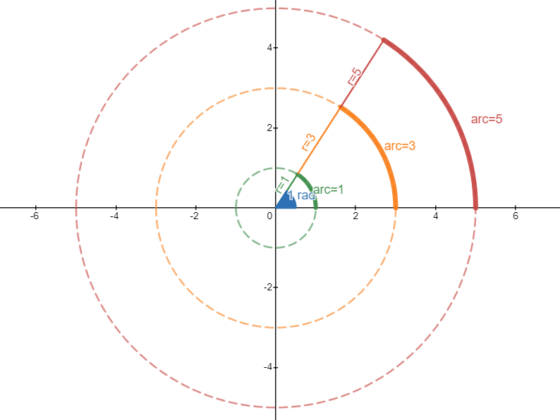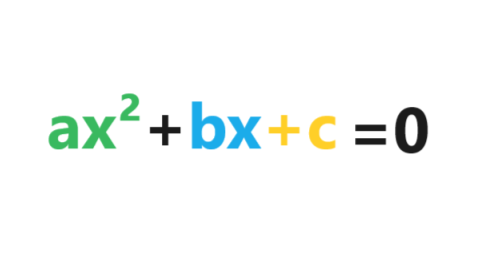Algebra and Geometry in Music?
The mathematical foundations of music involve algebra and geometry, in a complex relationship that has been known for thousands of years. Ancient mathematicians from China to Greece were interested in the relationship between music, nature, and numbers. The acoustics of sound show the mathematical relationships that underlie pitch, loudness, and the musical scale itself.
Rhythm, Meter, and Tempo
The patterns of rhythm and tempo are measured very precisely in music. They can be expressed in ratios, counting, and number patterns. Most musicians become very familiar with the duration of notes and the ratios between them. For example, in any time signature whole notes are held for a certain number of beats and all other notes are a fraction of them. In order for different parts to produce harmony, the relationships between them must be coordinated so that each note is played or sung for a specific length of time.
Scales and Harmonics
Pitches are heard and produced because the part of the instrument that is producing the note vibrates at a certain frequency. Every scale of music, whether the pentatonic scale found in Asian music, to the diatonic scale of Western music, to the tone row of modern classical music, uses particular frequencies that are multiples of lower frequencies. Tones sound like they are in harmony because the ratios harmonize.
Plato and Pythagoras
Plato was fascinated by beauty and nature and saw harmony in terms of mathematical precision. Pythagoras, who developed many of the mathematical concepts in geometry, showed the geometric relationships between musical notes. Ancient Greek music was based upon modes of note arrangement, with relationships fixed in specific patterns of intervals. (We know because many of those ancient modes of music survived and found their way into Western music.)
Well-Tempered Scales
Western music developed as it did because of a mathematical innovation. In any octave, there are exactly 12 half-steps. For an instrument, such as a piano, to play in all the different keys, those 12 half-steps must have exactly the same interval between two notes next to each other. This process is called a “tempered” scale, which Bach demonstrated in The Well-Tempered Clavier. He composed preludes and fugues in each key to show how the process of tempering worked.
Interested in math tutoring services? Learn more about how we are assisting thousands of students each academic year.
SchoolTutoring Academy is the premier educational services company for K-12 and college students. We offer tutoring programs for students in K-12, AP classes, and college. To learn more about how we help parents and students in Aurora, CO visit: Tutoring in Aurora, CO




